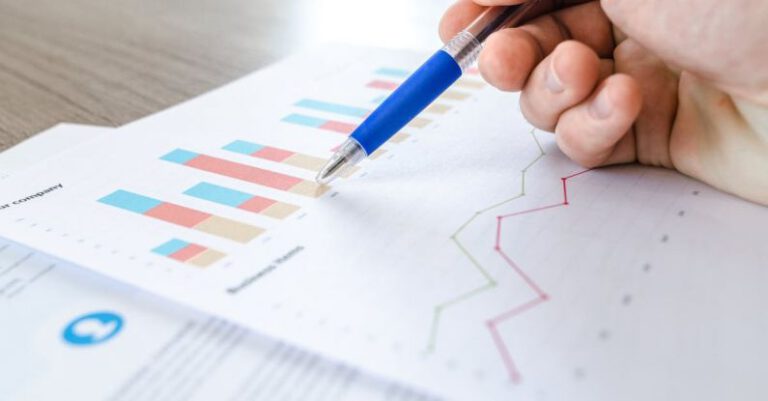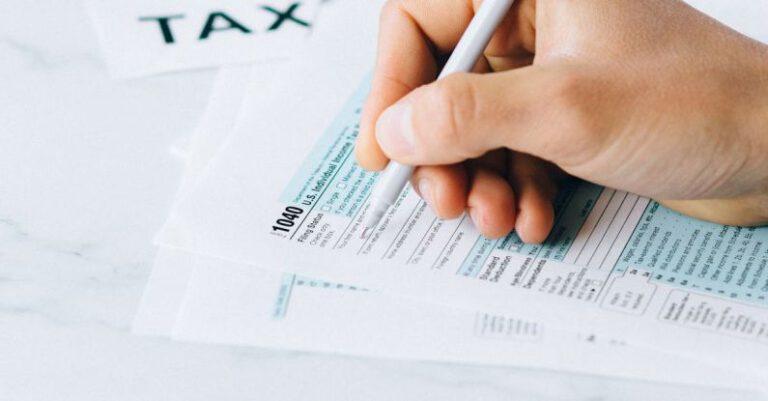How to Visualize Data for Better Decision Making
Visualizing data is a powerful tool that individuals and organizations can leverage to derive meaningful insights and make informed decisions. In today’s data-driven world, the ability to effectively interpret and analyze data is crucial for success. However, raw data in its pure form can be overwhelming and challenging to comprehend. This is where data visualization comes into play, transforming complex data sets into visual representations that are easy to understand and interpret. By incorporating data visualization techniques into decision-making processes, individuals can gain new perspectives, identify patterns, and uncover trends that may have otherwise gone unnoticed. This article explores the importance of visualizing data for better decision-making and provides practical tips on how to effectively leverage data visualization tools.
### Importance of Data Visualization
Data visualization serves as a bridge between raw data and actionable insights. By presenting data in visual formats such as charts, graphs, and dashboards, individuals can quickly grasp key information, detect outliers, and draw connections between different data points. Visualizations make it easier to spot trends, correlations, and anomalies, enabling decision-makers to make informed choices based on evidence rather than intuition.
### Enhancing Understanding and Communication
One of the primary benefits of data visualization is its ability to enhance understanding and communication. Visual representations of data are more engaging and easier to interpret than rows of numbers or text-based reports. By transforming data into visual stories, individuals can communicate complex information in a clear and concise manner, making it accessible to a wider audience. Visualizations facilitate knowledge sharing and collaboration within teams, enabling stakeholders to align their perspectives and work towards common goals.
### Identifying Patterns and Trends
Data visualization tools allow individuals to identify patterns and trends that may not be apparent when looking at raw data alone. By visualizing data over time or across different variables, users can uncover relationships and dependencies that provide valuable insights for decision-making. Visualizations help in forecasting future trends, detecting anomalies, and understanding the underlying factors driving a particular outcome. By spotting patterns early on, decision-makers can proactively address issues and capitalize on opportunities before they escalate.
### Making Data-Driven Decisions
In today’s fast-paced business environment, making data-driven decisions is essential for maintaining a competitive edge. Data visualization enables individuals to access real-time insights and make informed choices based on accurate and up-to-date information. By visualizing key performance indicators (KPIs) and metrics, decision-makers can track progress towards goals, monitor performance, and identify areas for improvement. Visualizations empower individuals to pivot quickly in response to changing market conditions and emerging trends, ensuring that decisions are grounded in data rather than gut feelings.
### Tips for Effective Data Visualization
To harness the full potential of data visualization for better decision-making, consider the following tips:
– **Choose the Right Visualization**: Select visualizations that best represent the type of data you are working with, whether it’s categorical, numerical, temporal, or spatial data.
– **Simplify Complexity**: Keep visualizations clean and uncluttered to avoid overwhelming viewers with unnecessary details. Focus on presenting the most relevant information.
– **Use Color Wisely**: Utilize color strategically to highlight important data points and create visual hierarchy. Avoid using too many colors that may distract or confuse viewers.
– **Provide Context**: Include labels, titles, and legends to provide context and help viewers understand the significance of the data being presented.
– **Iterate and Refine**: Continuously iterate on your visualizations based on feedback and new insights. Refine your visualizations to ensure they effectively convey the intended message.
### Leveraging Data Visualization for Success
In conclusion, data visualization is a valuable tool for enhancing decision-making processes and driving business success. By transforming complex data into visual stories, individuals can gain new insights, identify patterns, and make informed choices based on evidence. Visualizations facilitate understanding, communication, and collaboration, enabling stakeholders to align their perspectives and work towards common objectives. To leverage the power of data visualization effectively, it is essential to choose the right visualizations, simplify complexity, use color wisely, provide context, and continuously iterate and refine your visualizations. By incorporating data visualization into decision-making processes, individuals and organizations can unlock the full potential of their data and make smarter decisions that drive growth and innovation.






